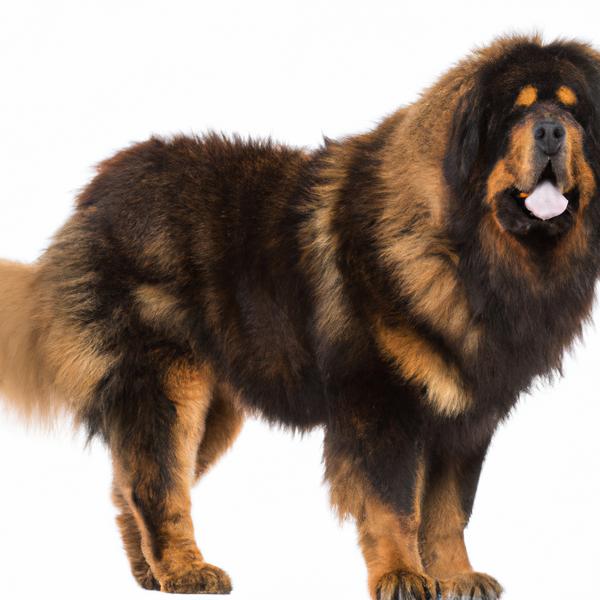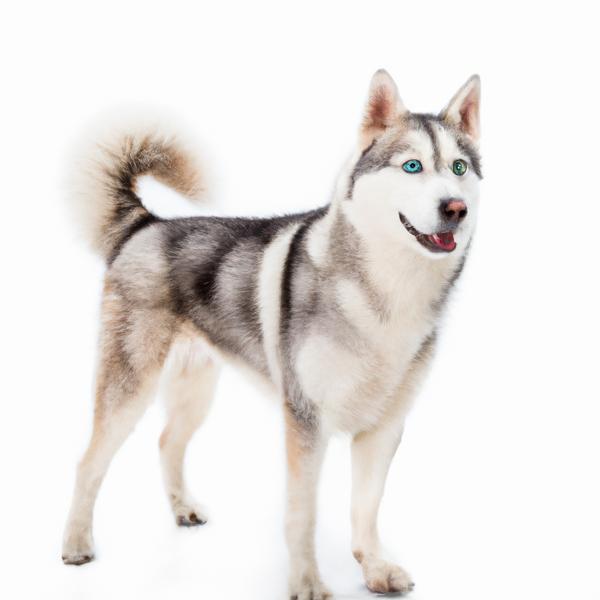Tibetan Mastiff vs. Siberian Husky: Breed Differences and Similarities
Weight Gain Potential
Which breed eats more: Tibetan Mastiff or Siberian Husky?
Tibetan Mastiff has high obesity risk, needs regular exercise and food control to maintain healthy weight.
Siberian Husky has average obesity risk, needs balanced diet, daily walks, and weight monitoring.
Hypoallergenic
Are Tibetan Mastiffs or Siberian Huskys hypoallergenic, or neither?
Unfortunately, neither Tibetan Mastiff nor Siberian Husky are hypoallergenic, which may not make them the best choice for dog lovers who suffer from pet allergies.
Temperament
What are the personalities of Tibetan Mastiff and Siberian Husky dogs?
Aloof
Strong
Willed
Courageous
Protective
Stubborn
Loyal
Alert
Gentle
Outgoing
Friendly
Intelligent
Shedding Level
Do Tibetan Mastiffs shed more than Siberian Huskys, or which breed sheds more, Tibetan Mastiffs or Siberian Huskys?
Tibetan Mastiffs are moderate shedders, but regular brushing can reduce shedding and maintain coat health.
Siberian Huskys are heavy shedders, but regular brushing can help manage shedding and promote a healthy coat.
Watchdog Ability
Which dog breed makes a better watchdog, the Tibetan Mastiff or Siberian Husky?
Choose a Tibetan Mastiff if you want a top-notch watchdog. This breed takes guarding seriously, and may not require much training, though obedience or guard dog training can improve their skills.
Avoid Siberian Huskys as watchdogs - they're not effective.
Origin
What is the origin of Tibetan Mastiff and Siberian Husky dog breeds?
Tibet
Siberia
Ancestry
What are the origins of Tibetan Mastiff and Siberian Husky breeds?
Tibetan Wolves, Mastiff
Spitz-type Dogs
Breed recognition
Which kennel clubs recognize/register Tibetan Mastiff and Siberian Husky?
American Canine Registry
American Kennel Club
America's Pet Registry
Dog Registry of America Inc.
Federation Cynologique Internationale
Kennel Club of Great Britain
North American Purebred Registry, Inc.
American Canine Association, Inc.
Continental Kennel Club
National Kennel Club
New Zealand Kennel Club
American Canine Registry
American Kennel Club
America's Pet Registry
Canadian Kennel Club
Dog Registry of America Inc.
Federation Cynologique Internationale
Kennel Club of Great Britain
North American Purebred Registry, Inc.
American Canine Association, Inc.
Australian National Kennel Council
Continental Kennel Club
National Kennel Club
New Zealand Kennel Club
United Kennel Club
Date of Birth
When were Tibetan Mastiff and Siberian Husky breeds first developed?
Ancient Times
Breed Group
What is the Breed Group of Tibetan Mastiff and Siberian Husky?
Working (AKC:2007)
Guardian Dogs (UKC)
Working (AKC:1930)
Northern Breeds (UKC)
Eye Color Possibilites
What are the eye colors of Tibetan Mastiff and Siberian Husky dogs?
Brown
Blue
Hazel
Brown
Nose Color Possibilites
What are the natural nose colors of Tibetan Mastiff and Siberian Husky?
Black
Black
Brown
Coat Color Possibilites
What are the natural colors of the coat for Tibetan Mastiff and Siberian Husky breeds?
Black
Brown
Blue
Red
White
Sable
Pied
Silver
Red
Brown
Gray
Black
Coat Length
What is the typical coat length for Tibetan Mastiff and Siberian Husky breeds?
Tibetan Mastiffs have longer coats compared to most dogs.
Siberian Huskys have medium-length coats.
Coat Density
What is the density of the coat of Tibetan Mastiff and Siberian Husky?
Coat Texture
What is the hair texture of Tibetan Mastiff and Siberian Husky?
Straight
Litter Size
What is the usual litter size for Tibetan Mastiff and Siberian Husky?
A Tibetan Mastiff can have a litter of 10-14 puppies on average. However, it's worth noting that the size of the litters can vary greatly. Factors that can influence litter size include the health of the mother, breeding history, and genetics.
A Siberian Husky can have a litter of 12-14 puppies on average. However, it's worth noting that the size of the litters can vary greatly. Factors that can influence litter size include the health of the mother, breeding history, and genetics.
Adaptability
Tibetan Mastiffs have average adaptability to changes in lifestyle and living environments compared to other breeds.
Siberian Huskys are highly adaptable and versatile, making them excellent companions for families and individuals of all lifestyles.
Health Issues
Between Tibetan Mastiff and Siberian Husky, which breed is more prone to health problems?
Tibetan Mastiffs are susceptible to health issues like all breeds, so it's important to monitor their health and seek veterinary care when needed.
While the Siberian Husky breed is generally healthy, occasional vet check-ups are still necessary to address any health concerns.
Major Concerns
What are the major health concerns for Tibetan Mastiff and Siberian Husky breeds?
Hip Dysplasia
Epilepsy
Hemophilia
Laryngeal Paralysis
Minor Concerns
What minor health issues should be kept in mind when owning Tibetan Mastiff and Siberian Husky?
Epilepsy
Hyperthyroidism
Hip Dysplasia
Eye Problems
Zinc Responsive Dermatosis
Occasional Tests
What occasional tests are recommended for Tibetan Mastiff and Siberian Husky breeds?
Blood Test
Thyroid Tests
X-Rays
CT Scan
Eye Examination
Full Physical Examination
Eye
Hip
Skin Scraping
X-Rays
Eye Examination
Throat
Energy
How do the energy levels of Tibetan Mastiffs and Siberian Huskys compare?
Tibetan Mastiffs' high energy levels make them unsuitable for a low-key dog, choose accordingly.
Siberian Huskys thrive on an active lifestyle due to their high-energy nature.
Social Needs
Tibetan Mastiff vs Siberian Husky social needs comparison
Tibetan Mastiff and Siberian Husky have average social needs compared to other breeds. They are known to be less active and independent than other breeds, and they are content with spending time alone and with their human family.
Exercise Needed
Tibetan Mastiff vs Siberian Husky exercise need comparison.
Tibetan Mastiffs need moderate physical activity and are great for families and active individuals.
Siberian Huskys require significant physical activity and suit those with an active lifestyle.
Sleeping Need
Which of the two sleeps the most/least: Tibetan Mastiff or Siberian Husky?
Tibetan Mastiffs sleep less than other breeds but still need adequate sleep for good health.
Siberian Huskys are active and require sufficient sleep to stay healthy.
Drooling Tendency
Which drools more/less, Tibetan Mastiff or Siberian Husky?
Tibetan Mastiff excessively drools, consider a different breed if not appealing.
Siberian Husky is an average drooler, monitor for excessive drooling which may indicate health issues.
Tendency to Bark
Do Tibetan Mastiffs or Siberian Huskys bark more/less frequently?
Tibetan Mastiff dogs bark and howl frequently and are not recommended for quiet homes.
Siberian Huskys bark moderately when necessary and may also bark due to certain triggers like fear, alarm, boredom, greeting, separation anxiety and compulsive barking.
Territorial
Is the Tibetan Mastiff or Siberian Husky a better guard dog?
Tibetan Mastiff dogs are highly protective and make excellent guard dogs due to their strong instinct to defend their territory and owners, and their high level of vigilance.
Siberian Husky dogs are not typically good guard dogs due to their lack of protective nature and weak territorial drive.
Mouthiness
Mouthiness Comparison: Tibetan Mastiff vs Siberian Husky?
Roaming urge
Tibetan Mastiff vs Labrador: Running away tendency?
Prey Drive
Tibetan Mastiff or Siberian Husky - which breed has a higher level of prey drive?
Activity Level
Which breed has higher energy, Tibetan Mastiffs or Siberian Huskys?
Tibetan Mastiffs are medium-energy dogs and typically enjoy socializing and playing casual or even sustained games of chase with other dogs. They may also have occasional periods of barking or racing around the house.
Siberian Huskys are high-energy dogs. They need mental as well as physical exercise. These dogs require a lot of your involvement and without it they can, and will, become problematic dogs.
Tolerance of being left alone
Walks per Week
How many miles should Tibetan Mastiff or Siberian Husky walk each week?
There's really no limit to how far you walk your dog as long as they're comfortable. For Tibetan Mastiff, it's at least 8 miles / week. Just remember to build distance and stamina gradually over time.
There's really no limit to how far you walk your dog as long as they're comfortable. For Siberian Husky, it's at least 14 miles / week. Just remember to build distance and stamina gradually over time.
Activity per Day
Do Tibetan Mastiffs or Siberian Huskys require more exercise?
In general most Tibetan Mastiffs usually need at least 60 minutes of exercise daily. This can be spread across the day and include all sorts of high-energy activities, like walking, running and playing.
In general most Siberian Huskys usually need at least 90 minutes of exercise daily. This can be spread across the day and include all sorts of high-energy activities, like walking, running and playing.
Grooming
Which breed is easier to maintain in terms of grooming, Tibetan Mastiffs or Siberian Huskys?
Tibetan Mastiff and Siberian Husky are breeds of dogs that require an average amount of grooming effort.
Brushing Frequency
What is the recommended brushing frequency for Tibetan Mastiff and Siberian Husky dogs?
Tibetan Mastiff and Siberian Husky should be brushed at least once a week. Of course, you can give them more frequent brushes if you find that they are still shedding a lot.
Brushing Tools
What brushing tools are used for Tibetan Mastiffs and Siberian Huskys?
Pin Brush
Dematter
Comb
Nail Clipper
Slicker Brush
Comb
Deshedder
Nail Clipper
Cups
How much food should be given to Tibetan Mastiff or Siberian Husky in cups?
For an average 100-160 pound (45 - 73 kg) Tibetan Mastiff feed 4 cups daily. But, keep in mind, the amount you feed is going to be dependent on the quality of the food you are feeding.
For an average 44-60 pound (20 - 27 kg) Siberian Husky feed 3 cups daily. But, keep in mind, the amount you feed is going to be dependent on the quality of the food you are feeding.
Daily Cost
Which breed has a higher daily cost, Tibetan Mastiff or Siberian Husky?
The average cost of a Tibetan Mastiff is somewhere $3.90 - $4.20 per day.
The average cost of a Siberian Husky is somewhere $1.70 - $2.00 per day.
Monthly Cost
Which breed has a higher monthly cost, Tibetan Mastiff or Siberian Husky?
The average per month expenses of a Tibetan Mastiff is between $112 - $126. This makes an average of $1344 - $1512 per year. It will be on the higher side when the dog is still small because it will need more frequent visits to the vet, shots.
The average per month expenses of a Siberian Husky is between $48 - $63. This makes an average of $576 - $756 per year. It will be on the higher side when the dog is still small because it will need more frequent visits to the vet, shots.
Intelligence
Comparing Intelligence: Tibetan Mastiffs vs Siberian Huskys
Tibetan Mastiff and Siberian Husky have average obedience intelligence, but they're also independent thinkers. This breed is known for having an exceptionally high IQ, which means they may get into trouble if left to their own devices.
Sensitivity Level
How do Tibetan Mastiff and Siberian Husky compare in sensitivity?
This breed is sensitive to its environment and best suited for patient and understanding families with a consistent routine.
This breed is sensitive and requires gentle handling and a calm home environment.
Affection Dependance
Which is the more affectionate dog breed: Tibetan Mastiff vs Siberian Husky?
Apartment Friendly
Which breed is more apartment-friendly: Tibetan Mastiff or Siberian Husky?
The Tibetan Mastiff is not suitable for apartments and requires a large yard to thrive. Pent-up energy in small spaces can lead to destructive behavior.
Siberian Huskys can do well in apartments with enough exercise and time outside, but a small yard would be ideal.
Child Friendly
Do Tibetan Mastiffs or Siberian Huskys have a friendlier temperament towards children?
Tibetan Mastiffs are not the best choice for families with kids.
Siberian Huskys are good with kids if socialized and trained from a young age.
Senior-friendly
Which dog is more suitable as a pet for the elderly - Tibetan Mastiff or Siberian Husky?
Cat Friendly
Do Tibetan Mastiff or Siberian Husky breeds have a better compatibility with cats?
Tibetan Mastiffs are average in their friendliness toward cats and tend to do well with them, especially if raised together.
Siberian Huskys are not cat friendly.
Dog Friendly
Which breed is more sociable with other dogs: Tibetan Mastiff or Siberian Husky?
Tibetan Mastiffs are less friendly towards other dogs, but can improve with socialization.
Siberian Huskys are generally very friendly towards other dogs, with a happy and affectionate temperament.
Pet friendly
How do Tibetan Mastiff or Siberian Husky dogs interact with other pets?
Stranger Friendly
Which breed is more friendly with strangers: Tibetan Mastiff or Siberian Husky?
Tibetan Mastiffs are not very stranger friendly.
Siberian Huskys are averagely friendly around strangers but benefit from early socialisation.
Playfulness
Which breed is more playful between Tibetan Mastiff and Siberian Husky?
Tibetan Mastiffs have an average level of playfulness, enjoying playtime like most dogs but not excessively so.
Siberian Huskys are a playful breed that needs daily playtime to be happy.
Trainability
How do the trainability levels of Tibetan Mastiffs and Siberian Huskys compare?
Tibetan Mastiffs are usually easy to train but require consistency to fully obey commands.
Siberian Huskys can be difficult to train and require consistent and patient training.
Compare Tibetan Mastiff with other breeds
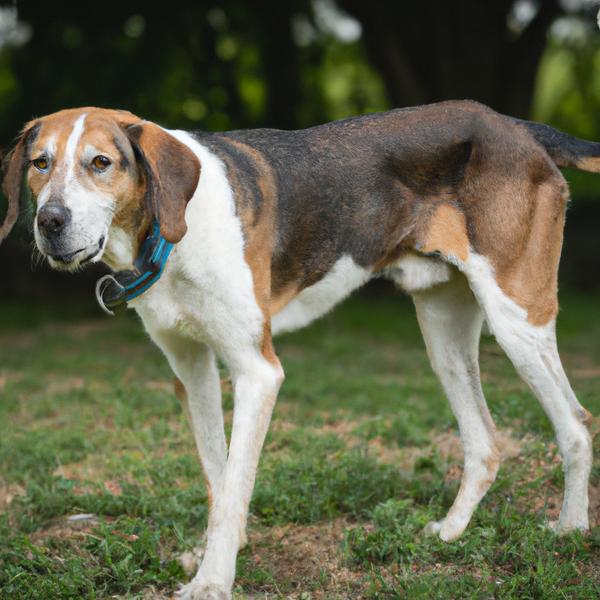
Mally Foxhound
Tibetan Mastiff vs Mally Foxhound
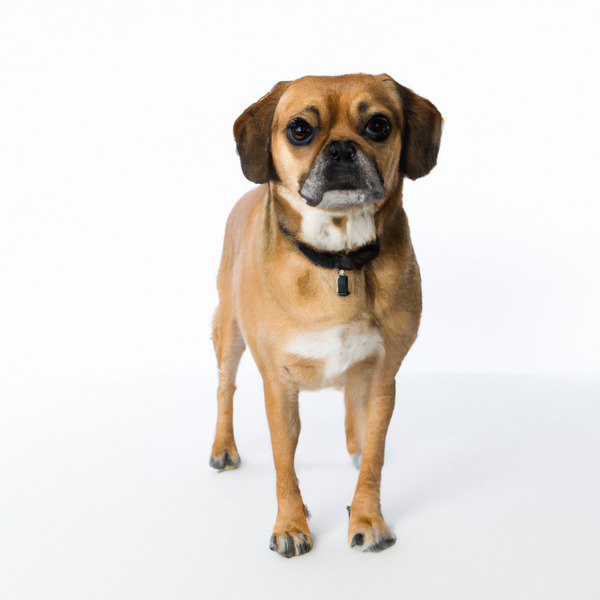
Puggle
Tibetan Mastiff vs Puggle
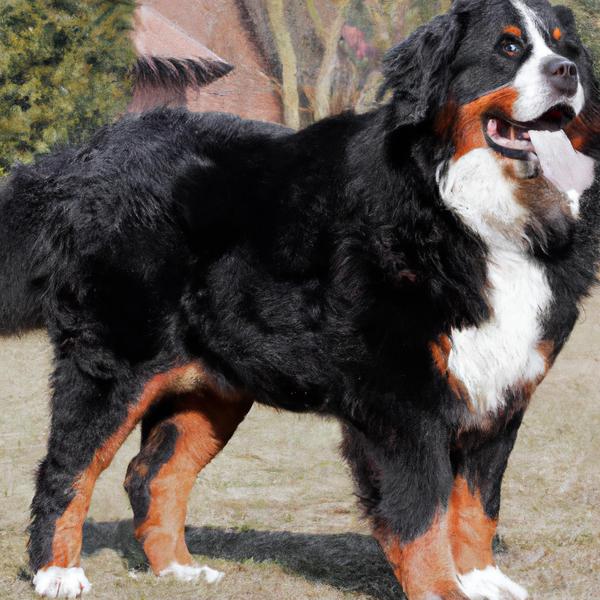
Great Bernese
Tibetan Mastiff vs Great Bernese
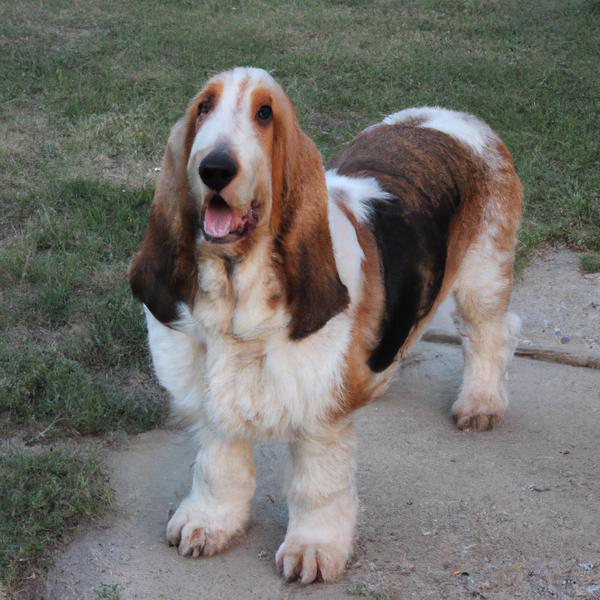
Bassetoodle
Tibetan Mastiff vs Bassetoodle
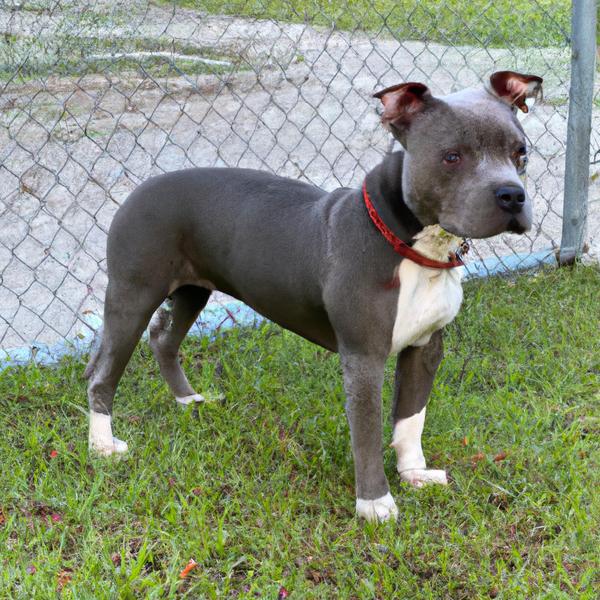
Pocket Pitbull
Tibetan Mastiff vs Pocket Pitbull
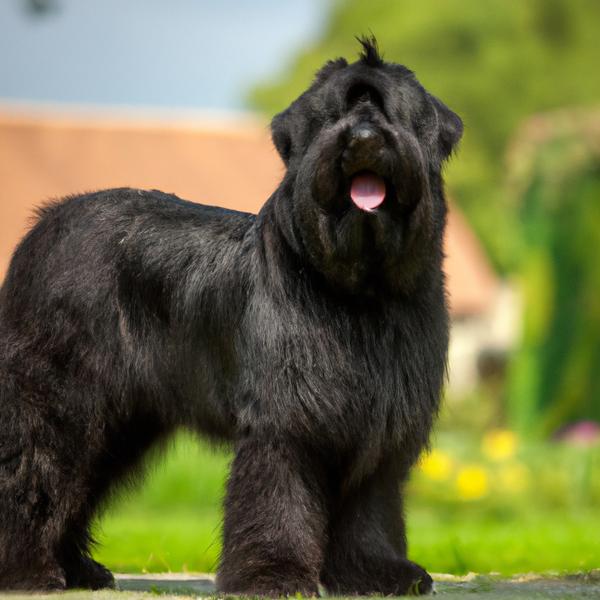
Giant Bolonauzer
Tibetan Mastiff vs Giant Bolonauzer
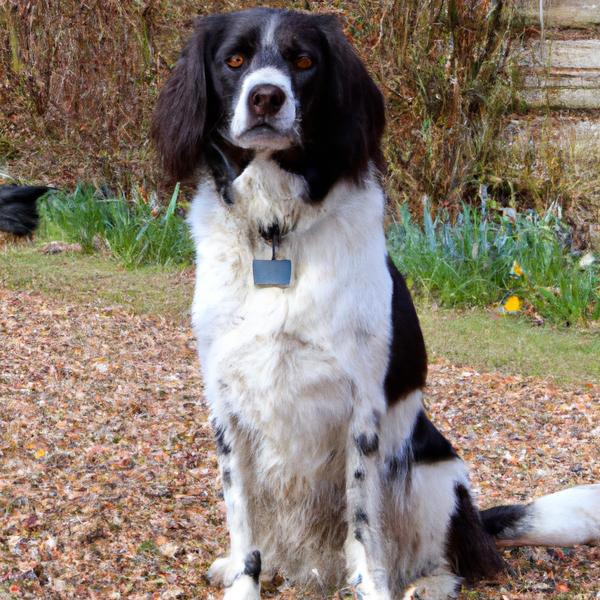
Border Springer
Tibetan Mastiff vs Border Springer
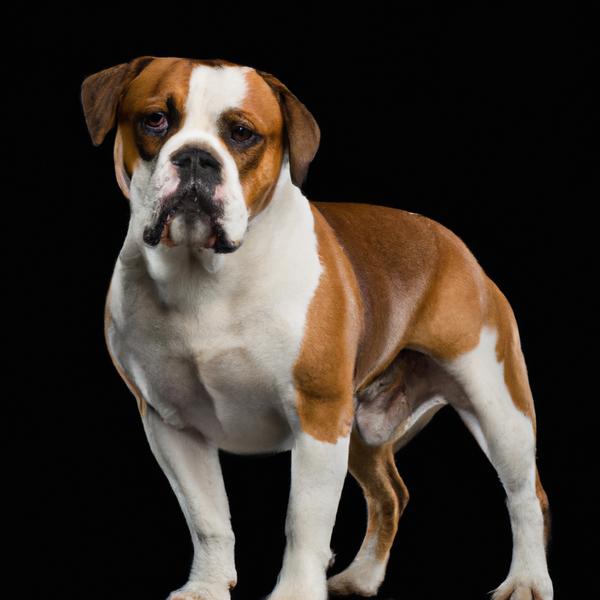
Beabull
Tibetan Mastiff vs Beabull
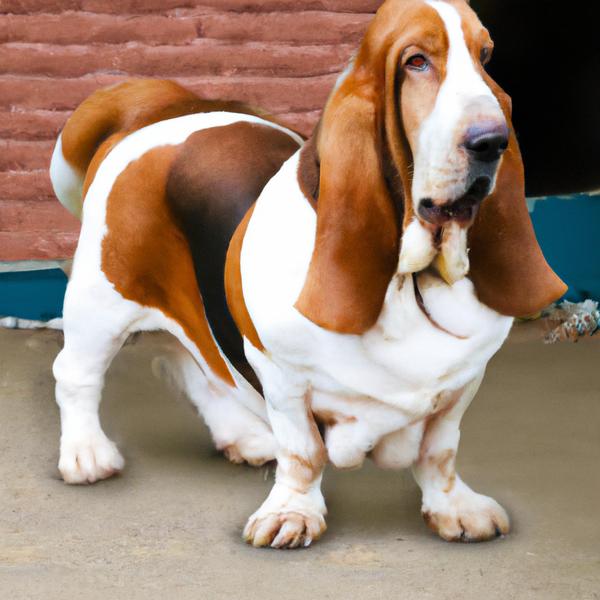
Hush Basset
Tibetan Mastiff vs Hush Basset
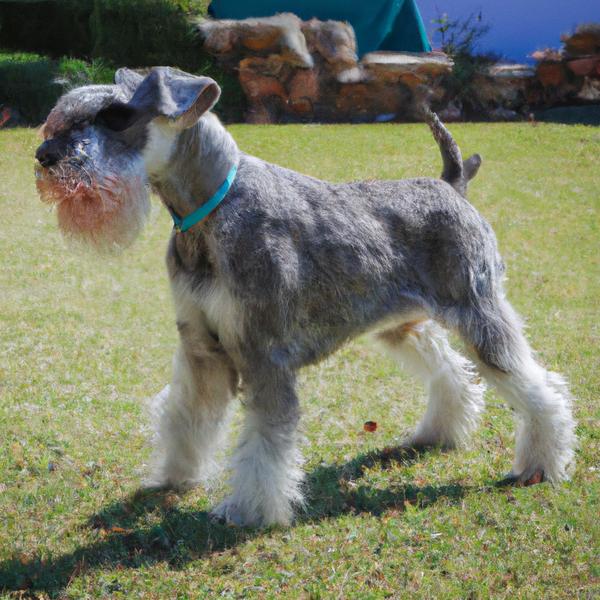
Wire Hair Snauzer
Tibetan Mastiff vs Wire Hair Snauzer
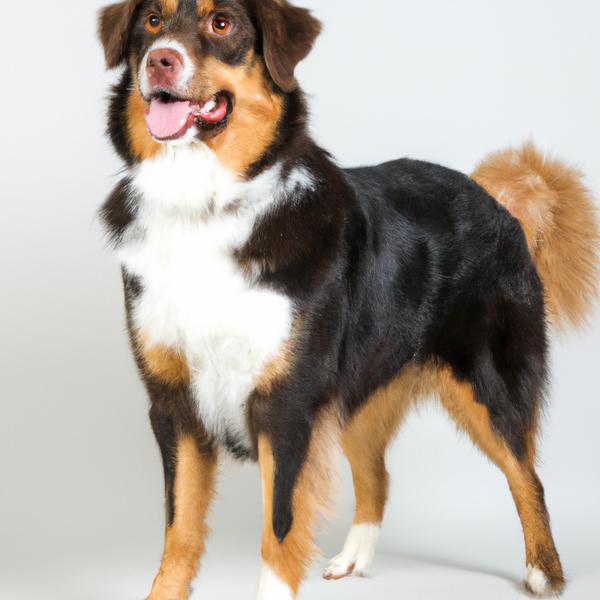
Aussiedor
Tibetan Mastiff vs Aussiedor
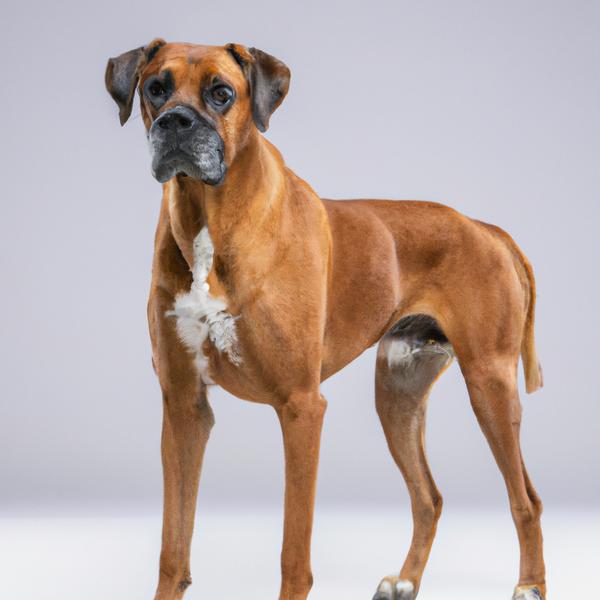
Rhodesian Boxer
Tibetan Mastiff vs Rhodesian Boxer
